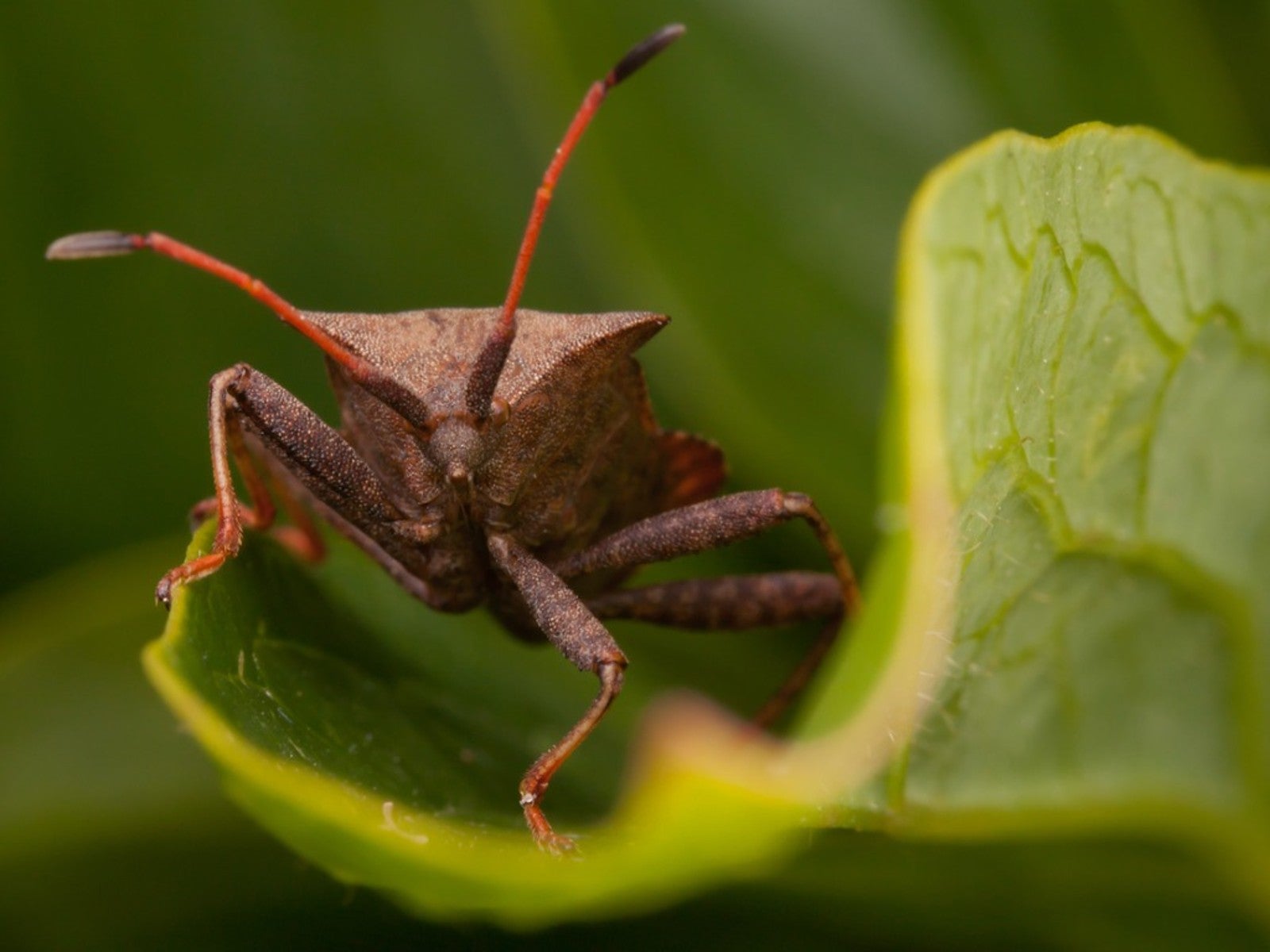How To Get Rid Of Squash Bugs Naturally


Are squash bugs (Anasa tristis) sucking the life out of your cucurbit crops? These grayish-brown insects gorge themselves on sap, inject toxic venom into the plant and are carriers of cucurbit yellow vine disease. Growing companion plants for squash bugs is one method of controlling these destructive pests.
How To Get Rid Of Squash Bugs With Plants
The three sisters is a popular companion planting whereby corn, beans and squash are grown together for the mutual advantages each provides. One such benefit is a reduction in the number of cucurbit pests found on the squash sister.
It's believed the variety of foliage types in a companion planting confuses insect pests and makes it harder for them to locate their host plants. But this is just one way plants can be used to prevent and control squash bugs.
Squash Bug Predators
Utilizing companion planting to attract predatory insects is one method of squash bug control. Due to the squash bug's hard shell and the odor they emit when disturbed, they have few natural predators. Adding these plants to your next squash and pumpkin patch will help attract the predators which target squash bugs:
- Carrots, dill or parsley – These plants attract the Feather-legged fly (Trichopoda pennipes). The female lays eggs on adult squash bugs. Upon hatching, the larvae burrow into the adult, but it may take some time before the squash bug dies.
- Sunflowers – These summer flowers attract the bigeyed bug (Geocoris punctipes), which feed on squash bug eggs and young larval stages.
- Radishes – The white flowers of these root veggies attract damsel bugs (Nabis sp.), a known predator of many insect pests found in the garden. Damsel bugs feed by sucking the body fluids from their prey. Other plants which attract damsel bugs include alfalfa, clover, dill, fennel and lavender.
Plants That Deter Squash Bugs
Companion plantings can also include aromatic species which deter or repel squash bugs. For the best protection, plant these herbs in close proximity to squash plants:
Plant A Squash Bug Trap
Cultivating trap plants is another method to protect cash crops from destructive insects. A trap plant is a cultivar which is favored by plant pests. They are attracted to the trap plant where they can be killed by pesticides or mechanical means.
In this case, the ideal trap plant is blue Hubbard squash vines. This type of squash is attractive to several squash pests including squash bugs, squash vine borers, striped and spotted cucumber beetles. Follow these tips to successfully use a bug trap in the garden:
Sign up for the Gardening Know How newsletter today and receive a free copy of our e-book "How to Grow Delicious Tomatoes".
- Transplant blue Hubbard squash into the garden two weeks prior to sowing the curcubit crop you wish to protect. In order to be successful with plant traps, the Hubbard vines needs to be larger than the protected crop.
- Don't plant the trap crop close to the protected varieties. For small to medium-sized gardens, locate the trap crop in the corners of the garden or at a distance of 3 to 8 feet (.9-2.4 m.) from the protected crop.
- Eliminating the pests from the trap plant is the key to preventing squash bugs from reproducing.

Laura Miller has been gardening all her life. Holding a degree in Biology, Nutrition, and Agriculture, Laura's area of expertise is vegetables, herbs, and all things edible. She lives in Ohio.